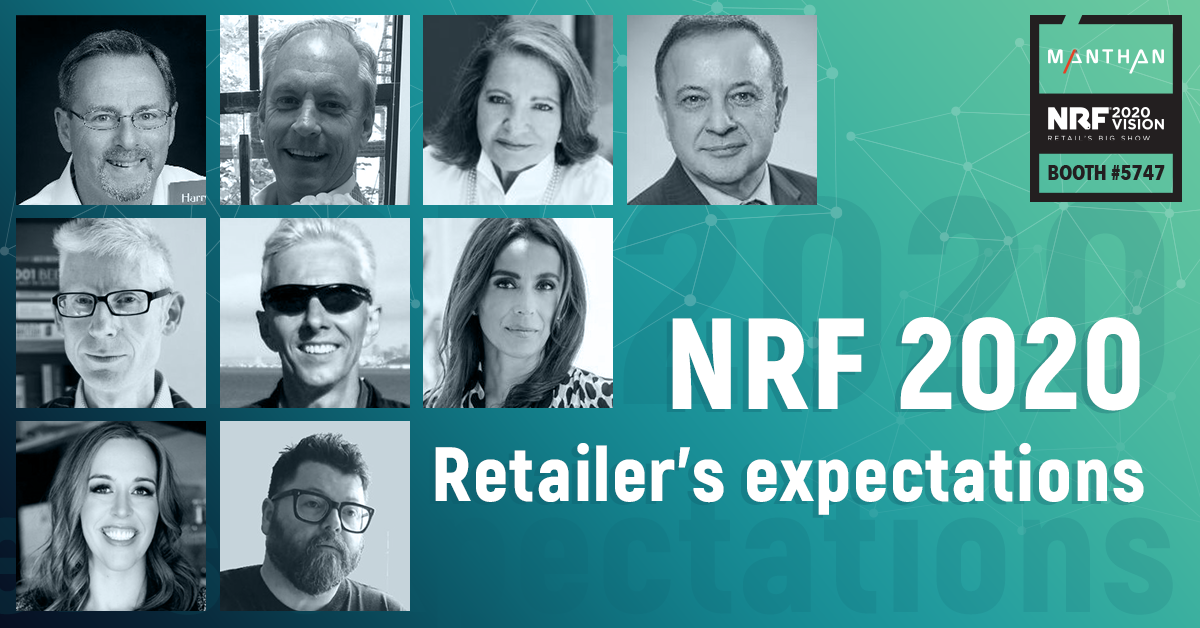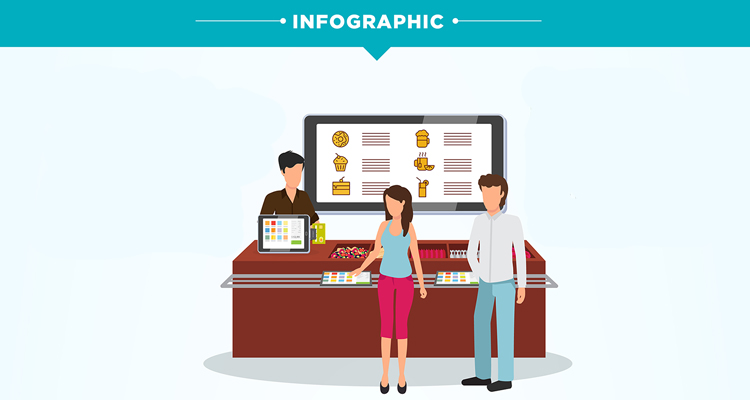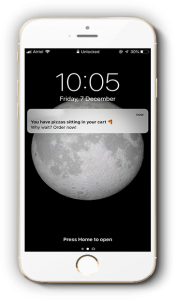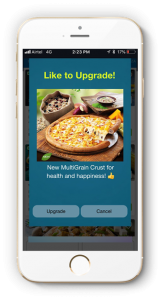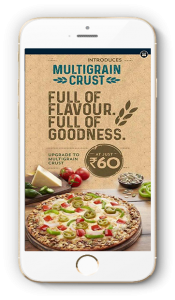“Find me star customers” is just about every marketer’s ask. This is where social media platforms such as Facebook and Data Management Platforms (DMPs) boast of “look-alike modeling” and serve customer acquisition scenarios. Look-alike essentially creates a new audience of people who resemble your existing best customers.
Conceptually, this is how it works – you’ve got your best customers, you derive the defining characteristics of these people, and leverage that insight to get more such people.
Want to get technical? This is how Gartner describes the process.
“So once you’ve built up your model audience, the DMP will look to see what you know about these people – what their attributes are. These attributes are then bumped up against the “internet population” (often), which is simply a model of online adults. By comparing these two groups – model audience vs. internet population – you can see which attributes define your audience and which do not by seeing where they over-index (or under index) vs. the broader population. Then you create another audience using the over-indexing attributes, purchase targets from third-party vendors, and serve them ads.”
Marketers agree, and they get decent returns with this approach.
What is the opportunity then?
A look-alike modeling for customer marketing and growing share of wallet
The above approach so far has been leveraged for customer acquisition use cases only, i.e. social, search and display ads.
How about finding relevant customers for a given marketing goal from within our existing customer base?
Let’s take an example. Direct marketing team is looking to find 3000 people who’d engage with the newly launched organic range. Your current customer base has 45% males and 55% females. The look-alike model will find you the relevant group for the organic range campaign, and you discover that it has 80% females and 20% males (i.e. it is over-indexing on females). Hence, you know that females have a higher inclination for the organic category. For simplicity, this example has only attribute – gender, but in reality, there might be many attributes that are used to create the actual list of 3000 (such as age range, income levels, family size etc.)
This is where the rich first party data within their CDP (Customer Data Platform) is leveraged, to come up with powerful and accurate lookalike lists.
We call this inward audience finding. This is hard because there could be 100s of customer attributes and 1000s of base measures, from which the defining attributes need to be gleaned. The lookalike model we have built, is first of its kind in the industry, and provides marketers the opportunity to find the best target list (as many as you want based on your budget) for a given objective.
Acquiring new customers who are like your star customers is important, but I’d argue that nurturing potential stars within your customer base is non-negotiable. So, don’t just look out for stars, look in too.




